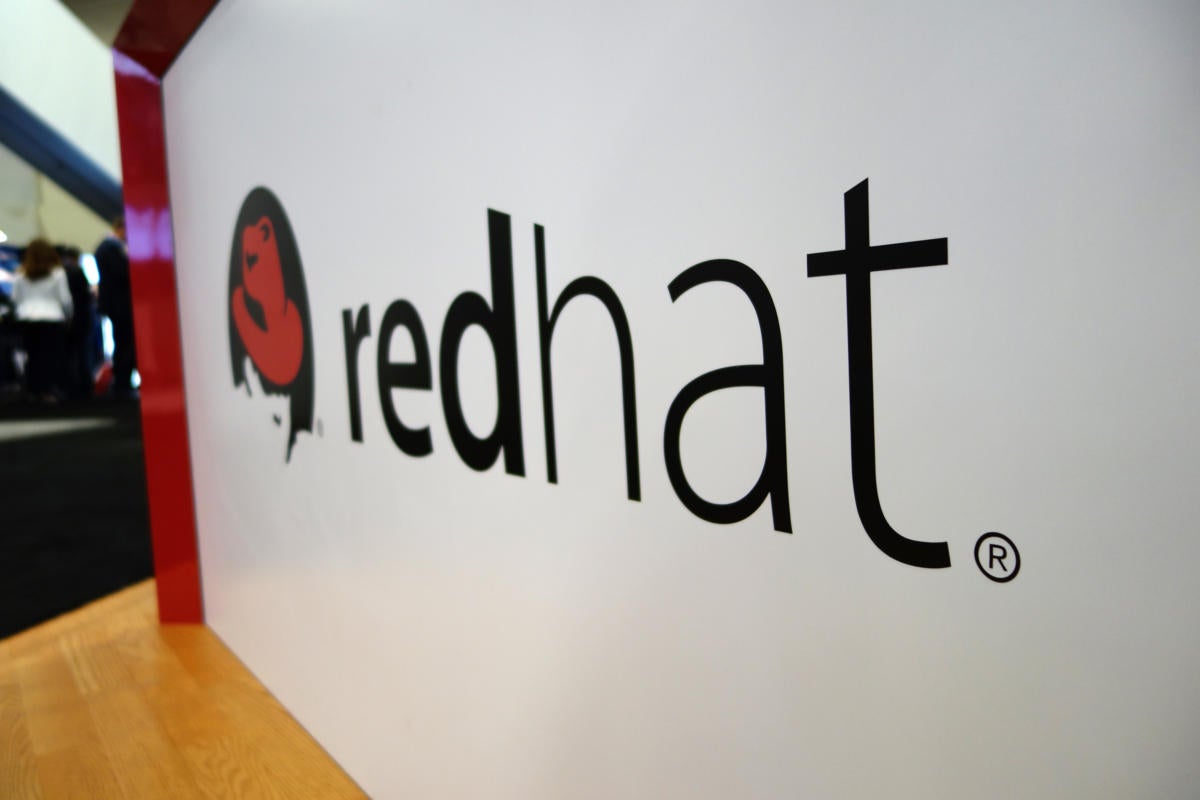
One reason why edge computing defies easy definition is that it takes many different forms. As Jaromir Coufal, principal product manager at Red Hat, recently pointed out to me, there is no single edge. Instead, there are lots of edges – depending on what compute features are needed. He suggests that we can think of the edge as something of a continuum of capabilities with the problem being resolved determining where along that particular continuum any edge solution will rest. ... Done properly, edge computing can provide services that are both faster and more reliable. Applications running on the edge can be more resilient and run considerably faster because their required data resources are local. In addition, data can be processed or analyzed locally, often requiring only periodic transfer of results to central sites. While physical security might be lower at the edge, edge devices often implement security features that allow them to detect 1) manipulation of the device, 2) malicious software, and 3) a physical breach and wipe data.
Deep Learning for Computer Vision: A Beginners Guide
What distinguishes deep learning is that its networks contain many hidden layers. This extra complexity empowers machines to learn from unstructured, unlabeled data as well as labeled and categorized data. Note that none of these concepts are particularly new — rapid advances in computing power and technology enables the models to be fed with large volumes of data. The more data available, the more proficient the models become at learning tasks. Speech recognition, image recognition, natural language processing (NLP), and computer vision are some of the areas deep learning has improved dramatically. Many technology companies now specialize in providing platforms for training deep learning models in computer vision and other areas. Such companies have also facilitated further innovation in these artificial intelligence branches. ... The most exciting potential use for this computer vision function is real-time semantic segmentation used by self-driving cars. Identifying and localizing objects accurately can improve the safety and reliability of autonomous vehicles.
How ASEAN firms are turning data into critical assets

Rouam said SGX is now looking to grow that figure by providing new data services, such as data visualisation, to external customers, effectively extending the value of its data beyond internal use. “We have data teams that use data for internal purposes, such as analysing customer behaviour as well as meeting regulatory and operational requirements,” said Rouam. “To turn data into a critical asset, we did a lot of work on the technology and legal processes.” This includes building a centralised database with in-memory capabilities to ensure timely access to machine-readable data for data scientists. SGX has also built a logical layer to help business users understand the data, along with a data dictionary and business glossary. At SP Digital, the digital services subsidiary of Singapore utility provider SP Group, data has always been critical to its operations, enabling it to control and manage the country’s critical energy infrastructure. About three years ago, the company embarked on a digital transformation initiative, which, among other areas, includes building a data lake to house all its data, according to Chang Sau Sheong, CEO of SP Digital.
Applied AI in Software Development
When it comes to validating the property of an object present on the UI, TestComplete provides multiple options to access the object’s properties. For example, a button object can have properties like enabled or disabled, text, coordinates, Id, class, etc. Hence, it becomes easy to identify an object based on these properties and confirm the expected behavior. However, reading content on images or a graphical chart like interfaces which are becoming more common with the proliferation of business intelligence and data-driven dashboards is difficult to identify and validate or perform automated actions on them. However, this has changed with the introduction of the latest version of TestComplete viz. version 12.60 which overcomes this issue by making use of an API driven optical character recognition (OCR) service. There are certain prerequisites to use this option. First, one needs to enable the OCR plugin by installing the extension under File –> Install Extension.
Caitlin Long, Blockchain’s Ambassador of Hope

What became obvious is that humans, no matter what industry or background, are inherently lazy. When it comes to understanding what’s going on in Wyoming and the fast-tracked 13 bills that were passed (thanks to the leadership and vision of Caitlin Long from 2018 to 2019), what is realized is that humans are lazy and crave convenience. When it comes to ensuring that as emerging technologies arrive and society evolves—that our policies and laws are “backward compatible”—humans are lazy. When it comes to educating policymakers, and vice versa, policymakers truly understanding the purpose and potential of new technology, but humans seek convenience. Complacency is not good enough anymore. Laziness is no longer an excuse. All of us have to step up to the plate, engage, work in partnership with policymakers and technologists to thoughtfully craft legislation that 1) keeps consumers, the “main street moms and pops,” safe, 2) keeps the nefarious “bad guys” at bay
Shocked by your cloud provider bills? Here’s what to do about it
One of the most common reasons businesses see their cloud costs spiral out of control is that they moved to the cloud without a plan or strategy. It’s easy to buy and consume cloud, so if you don’t have a strategy governing your company’s cloud use, it’s really easy to buy and consume more than you meant to. If you don’t have a policy for cloud use, put one together now. This will help you manage the number of cloud platforms selected as well as the costs by making sure that using the cloud is an active decision rather than something your organization does by default. ... Because of the cloud’s ability to scale more or less infinitely, the problem for users is a bit like what you’d get in the summer during a heatwave: you blast the A/C for a week because you need the relief, but you’re in for a shock when the bill comes – and what can you do? You already used all that sweet, cool air. With the cloud, you can head this particular problem off by setting limits ahead of time with your cloud provider.
The direction of business intelligence is changing to forward

Data analysis has traditionally been a relatively straightforward process: Input data, generate a report, and analyze the report to glean insight. But business intelligence is changing. Traditional data analysis is looking backward. It's attempting to figure out why something happened. It's not revealing what will happen. The look of the reports has changed significantly from dot-matrix spreadsheets to eye-popping computer graphics, thanks to Tableau, Microsoft Power BI and other data visualization platforms. But they're still reactive. That won't be good enough for the next generation of BI platforms. "In the next three to five years, instead of asking questions of data, the data will start suggesting observations," said Tim Crawford, CIO strategic adviser at AVOA, a consulting firm in Rolling Hills Estates, Calif. "You'll see things that you hadn't even thought to ask in the first place. As AI comes into play, you can expect to see tools that will identify and highlight things you hadn't thought to ask in the first place.
The Importance of QA Testing for Software Development
If you only rely on internal testing by the same people who developed the software, then they may praise their own work and be reluctant to make changes. Having testers come from different backgrounds and cultures adds diversity to the testing. This is particularly important if you plan on launching your software, service or product worldwide. This is also a reason why companies should do layered QA testing at different stages of design or development. Early testing helps prevent costly mistakes and wasteful development for features that users will not want or care about. As the product develops, further testing and documentation help guide the process in the right direction: one that will satisfy market needs and consumers. Therefore, QA testing is not just done to eliminate bugs in the end, but to make sure the correct procedures are in place. Rather than finding defects, it deals with preventing them throughout the development process.
Will IBM’s acquisition be the end of Red Hat?

The good news is that this merger of IBM and Red Hat appears to offer each of the companies some significant benefits. IBM makes a strong move into cloud computing, and Red Hat gains a broader international footing. The other good news relates to the pace at which this acquisition occurred. Initially announced on October 28, 2018, it is now more than eight months later. It’s clear that the leadership of each company has not rushed headlong into this new relationship. Both parties to the acquisition appear to be moving ahead with trust and optimism. IBM promises to ensure Red Hat's independence and will allow it to continue to be "Red Hat" both in name and business activity. ... Will this acquisition be the end of Red Hat? That outcome is not impossible, but it seems extremely unlikely. For one thing, both companies stand to gain significantly from the other’s strong points. IBM is likely to be revitalized in ways that allow it to be more successful, and Red Hat is starting from a very strong position. While it’s a huge gamble by some measurements, I think most of us Linux enthusiasts are cautiously optimistic at worst.
Multimodal Sentiment Analysis: Addressing Key Issues and Setting Up the Baselines
The primary advantage of analyzing videos over mere text analysis, for detecting emotions and sentiment, is the surplus of behavioral cues. Videos provide multimodal data in terms of vocal and visual modalities. The vocal modulations and facial expressions in the visual data, along with text data, provide important cues to better identify true affective states of the opinion holder. Thus, a combination of text and video data helps to create a better emotion and sentiment analysis model. Recently, a number of approaches to multimodal sentiment analysis producing interesting results have been proposed.11,13 However, there are major issues that remain mostly unaddressed in this field, such as the consideration of the context in classification, effect of speaker-inclusive and speaker-exclusive scenario, the impact of each modality across datasets, and generalization ability of a multimodal sentiment classifier. Not tackling these issues has presented difficulties in the effective comparison of different multimodal sentiment analysis methods.
Quote for the day:
"When you accept a leadership role, you take on extra responsibility for your actions toward others." -- Kelley Armstrong
No comments:
Post a Comment